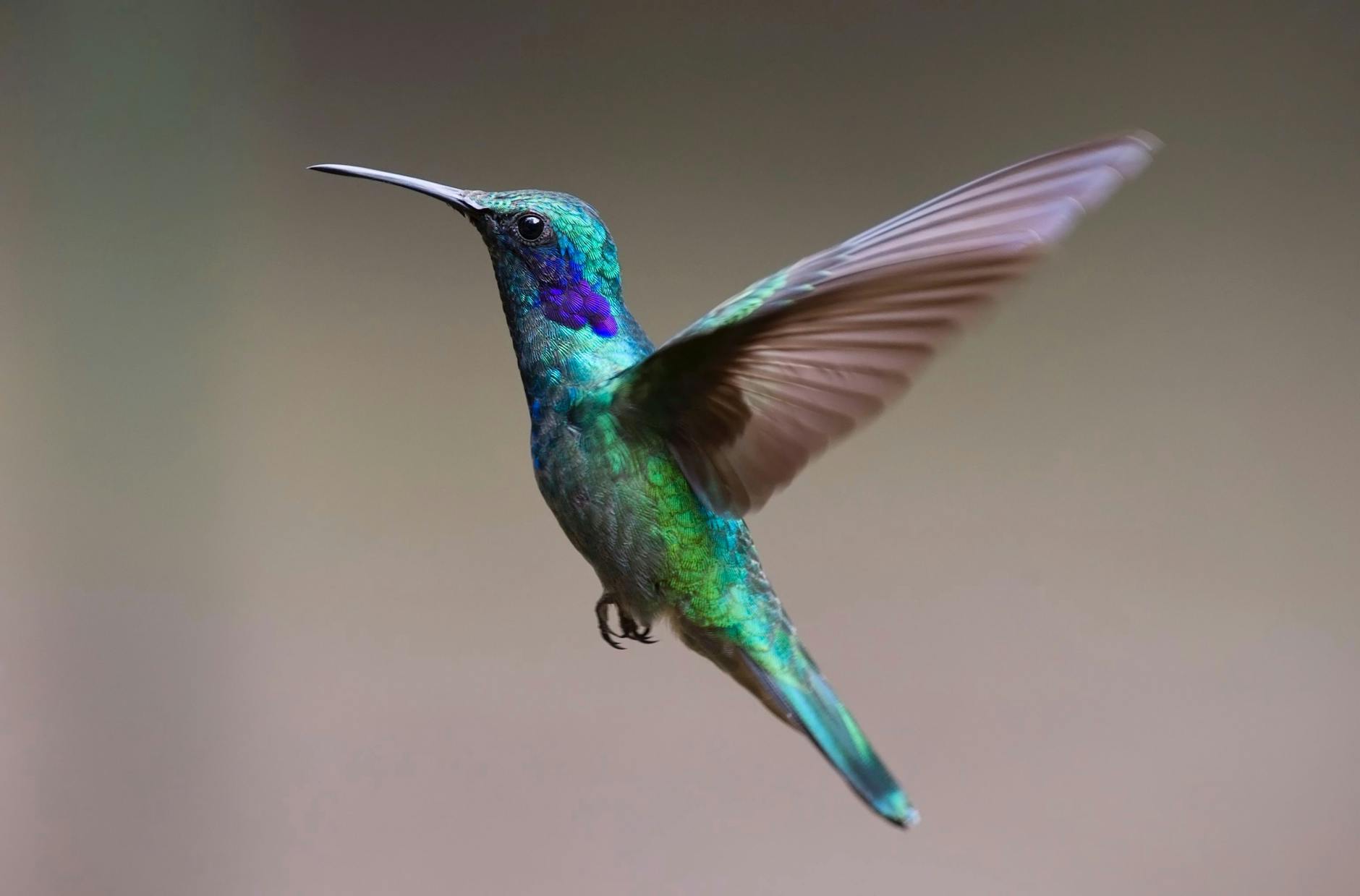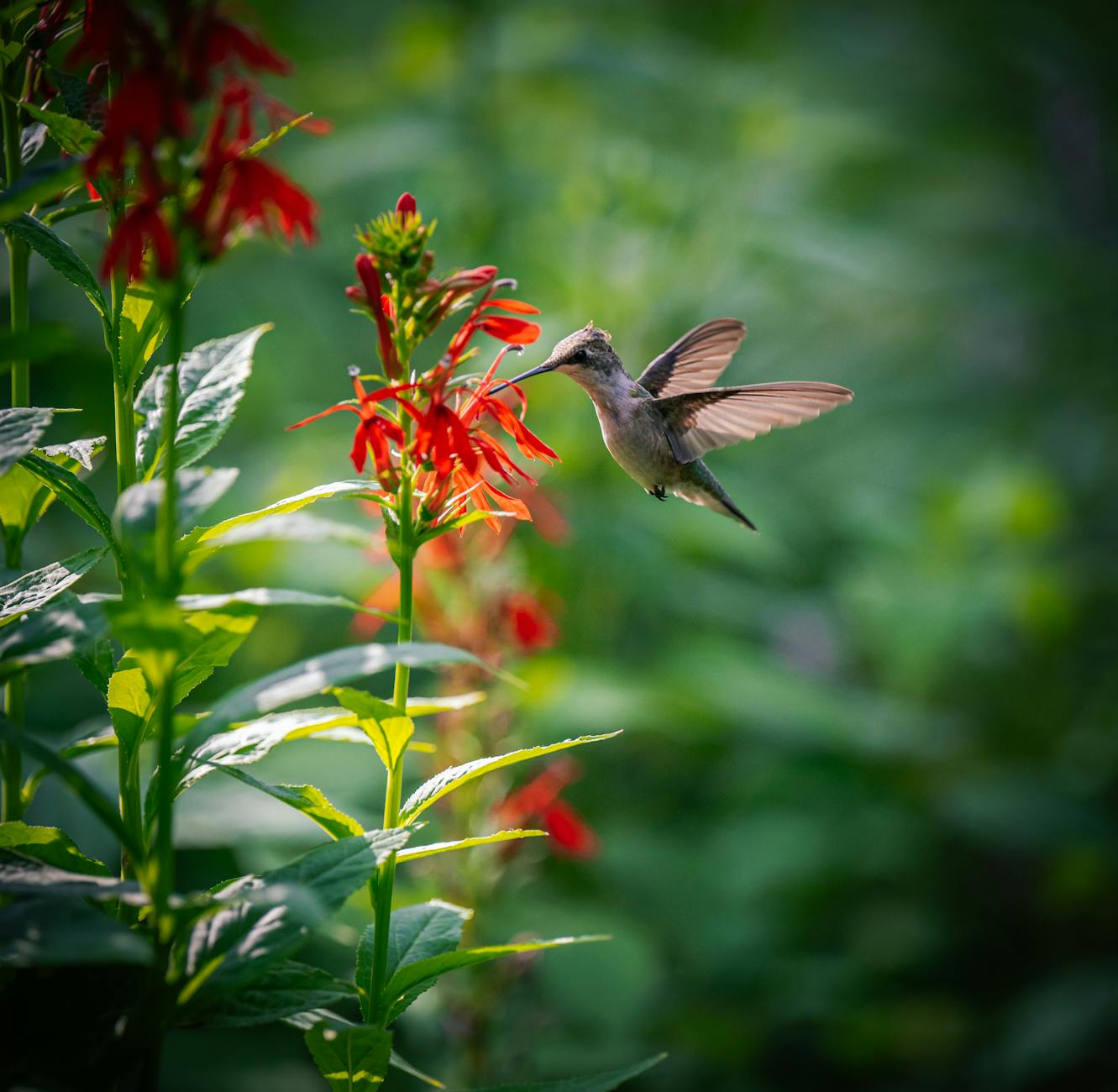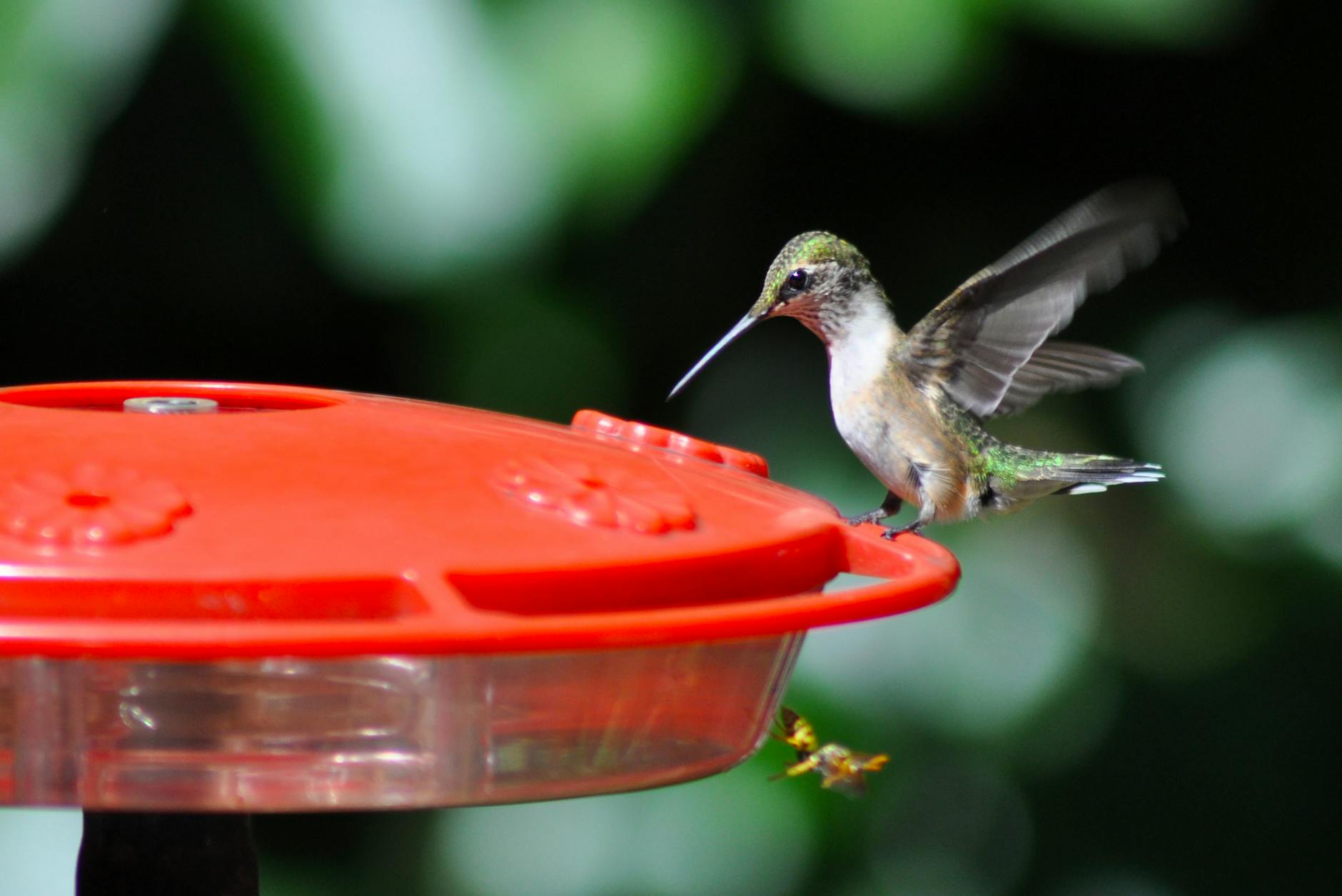Simple Tips to Attract Hummingbirds to Your Backyard
Imagine stepping into your backyard and witnessing the dazzling dance of hummingbirds buzzing around vibrant flowers. These little creatures not only add beauty to your garden but also play an essential role in pollination. If you’re wondering how to attract these enchanting birds to your space, you’re in the right place.
In this post, you’ll discover simple yet effective tips that can transform your garden into a hummingbird haven. From planting their favourite flowers to setting up feeders, small changes can create a welcoming environment for these delightful visitors. Get ready to enjoy the joy of watching hummingbirds flit about, bringing life and colour to your outdoor area.
Understanding Hummingbirds
Hummingbirds are fascinating creatures. Their small size, vibrant colours, and distinctive behaviours make them a delight to observe. Understanding their needs and habits can significantly enhance your efforts to attract them to your backyard. Here we explore their dietary requirements, colour preferences, and migration patterns.
Dietary Needs
Nectar plays a vital role in hummingbird nutrition. It acts as a primary energy source, allowing them to flap their wings up to 80 times per second. Apart from nectar, they also consume small insects and arachnids, which provide essential proteins and nutrients.
When selecting flowers for your garden, focus on those known to attract these birds. Some of the best options include:
- Bee Balm (Monarda): Produces tubular flowers rich in nectar.
- Salvia: Offers a variety of colours and is highly attractive.
- Coral Honeysuckle: A native plant that hummingbirds flock to.
For more about the types of flowers hummingbirds prefer, check out this article on feeding hummingbirds.
 Photo by Pixabay
Photo by Pixabay
Preferred Colours
Hummingbirds possess a unique ability to see colours that humans cannot, particularly in the ultraviolet range. Interestingly, they are especially attracted to bright colours, with red and orange being at the top of the list. You might wonder why red is so appealing. While many feeders are designed in this colour, research suggests that hummingbirds are also drawn to yellows and pinks, and even white flowers can attract them.
For an in-depth look at their colour preferences, visit Hummingbird Colour Preferences.
Migration Patterns
Hummingbirds are known for their incredible migration journeys. Most species, like the Ruby-throated Hummingbird, migrate between their breeding grounds in North America and wintering areas in Central America and Mexico. This journey can be thousands of miles long, with some birds following the same route year after year.
Typically, these birds arrive in the southern United States as early as March, ready to mate and nest. Come autumn, they begin their migration south, often gathering at feeders to build up energy for the journey ahead. Understanding these patterns can help you time your feeding efforts. To learn more about their migration habits, check out Hummingbird Migration.
By grasping the essential aspects of hummingbirds’ diets, colour preferences, and migration, you can create an inviting environment that will attract these delightful birds to your space.
Creating a Hummingbird-Friendly Garden
Designing a garden that attracts hummingbirds can be a rewarding experience. With the right plants and environment, you can turn your backyard into a vibrant sanctuary for these fascinating creatures. Here are some essential elements to consider in your garden.
Planting Nectar-Rich Flowers
To create a hummingbird-friendly garden, select flowers that are rich in nectar. These birds favour tubular-shaped blooms that make it easy for them to access the nectar. Consider planting:
- Bee Balm (Monarda): Known for its bright, tubular flowers that are a nectar magnet.
- Salvia: This flower comes in various colours and is irresistible to hummingbirds.
- Trumpet Vine (Campsis radicans): Its trumpet-shaped flowers offer an abundant nectar supply.
- Columbine (Aquilegia): Offers a delicate bloom that hums with activity when in season.
Choose a variety of these plants to create a colourful display that hummingbirds cannot resist. For more details on which flowers work best, check out How to Make a Hummingbird Garden.
Grouping Plants
Planting flowers in clusters rather than scattering them throughout your garden makes feeding easier for hummingbirds. When you group plants together, it creates a visual feast for them, drawing them in with concentrated colour and a rich food source. Large patches of flowers allow hummingbirds to feed quickly without having to hover and search for food.
Consider arranging your plants with taller varieties at the back and shorter ones in the front. This not only provides a stunning visual effect but also creates layers of feeding opportunities for these birds. For creative garden designs, explore 15 Ways to Keep Hummingbirds Coming.
Providing Shelter
Hummingbirds need safe places for nesting and resting. Including trees and shrubs in your garden provides essential cover from predators. Native plants are ideal, as they often offer natural shelter that hummingbirds prefer. Aim for a mix of tall trees for roosting and lower shrubs for nesting.
Providing a variety of habitats will make your garden more attractive to hummingbirds. Positioning taller plants strategically can offer protection while still allowing visibility for the birds, helping them feel secure as they feed.
Water Sources
Fresh water is crucial for hummingbirds, not only for drinking but for bathing as well. Adding a shallow birdbath or a small fountain can attract them, as they need a place to refresh. Ensure that the water source is clean and shallow, allowing easy access for these tiny birds.
You can also create a more natural water feature using a small dish filled with pebbles. This will provide a safe space for hummingbirds to perch while they sip or bathe. To learn more about setting up water features, visit How to Create a Hummingbird-Friendly Yard.
 Photo by Chris F
Photo by Chris F
Avoiding Pesticides
One of the best practices in attracting and keeping hummingbirds in your garden is to avoid pesticides. Chemicals can harm not only these beautiful birds but also other beneficial insects that may assist with pollination. By opting for organic gardening methods, you create a safer environment for all wildlife. Consider using natural pest control methods, such as introducing beneficial insects or using homemade remedies.
Creating a hummingbird-friendly garden involves thoughtful planning and caring practices. Every little effort you make contributes to the well-being of these marvellous birds and enhances your garden’s beauty. Embrace these tips and watch as your outdoor space transforms into a vibrant haven for hummingbirds.
Setting Up Hummingbird Feeders
To attract hummingbirds to your backyard effectively, it’s essential to set up feeders in a way that ensures ease of use for both you and the birds. This involves selecting the right feeder, making nectar, optimally placing the feeders, maintaining cleanliness, and timing your actions. Here’s how to get started.
Choosing the Right Feeder
There are a variety of hummingbird feeders available, each with unique features. The two main types are saucer feeders and vacuum feeders. Saucer feeders are generally easier to clean and refill. They have a shallow dish design where nectar fills up, making it simple for hummingbirds to feed. On the other hand, vacuum feeders hold more nectar and can be beneficial for busy feeding stations.
When choosing a feeder, consider factors like:
- Material: Glass feeders are often more durable and easy to clean compared to plastic ones.
- Capacity: Larger feeders reduce the need for frequent refills.
- Accessibility: Look for models with perches to allow birds to rest while feeding.
For more details on the types of feeders, check out Hummingbird Feeder Types: Saucer vs. Vacuum.
 Photo by Lynn Nash
Photo by Lynn Nash
Making Nectar
Creating your own hummingbird nectar is simple. All you need is sugar and water. Here’s a straightforward recipe:
- Mix 1 part sugar with 4 parts water (for instance, 1 cup of sugar with 4 cups of water).
- Heat the water until the sugar dissolves, but do not boil it.
- Allow it to cool before filling your feeder.
Avoid adding red dye. Hummingbirds are naturally attracted to red colours in feeders, so it’s unnecessary. For more guidance, visit Hummingbird Nectar Recipe.
Feeder Placement
Finding the right spot for your feeders can significantly enhance hummingbird traffic. Here are some tips on optimal placement:
- Distance: Place feeders 10 to 15 feet away from trees or bushes, allowing hummingbirds a place to rest and hide from predators.
- Visibility: Choose locations close to windows or outdoor seating areas for great viewing opportunities.
- Sunlight: Hang feeders in shaded areas to prevent nectar from spoiling quickly.
To read more on feeder placement, check this guide: 3 Tips for Placing Your Hummingbird Feeder.
Cleaning and Maintenance
Keeping feeders clean is essential to prevent mould
Enhancing Your Backyard Habitat
Creating a welcoming environment for hummingbirds involves thoughtful planning and the right mix of plants. By enhancing your backyard habitat, you not only attract these stunning birds but also support a diverse ecosystem. Here are some key factors to consider.
Incorporating Native Plants
Native plants are integral to supporting the local ecosystem and attracting hummingbirds. They are adapted to the local climate and soil, making them easier to grow and maintain. When you plant native flowers, you provide a natural food source for hummingbirds that evolved alongside these plants.
Consider incorporating species like Bee Balm and Trumpet Vine, both of which are known for their nectar-rich blooms. For a deeper dive into the best native plants, check out Nectar-rich Natives for Hummingbirds.
Using these plants not only offers a vibrant palette for your garden but also ensures that you support local pollinators. By creating a native habitat, you’ll see the benefits in increased bird visits and a healthier outdoor ecosystem.
 Photo by DANNIEL CORBIT
Photo by DANNIEL CORBIT
Garden Layout and Design
An inviting atmosphere for hummingbirds can be achieved through careful garden layout and design. Grouping plants together enhances the visual appeal and provides a concentrated food source for these birds. When hummingbirds see a mass of colourful flowers, they’ll be more likely to visit.
Consider utilising a vertical design. Incorporating trellises or raised beds allows you to create layers with tall plants in the back and shorter ones in the front. This setup not only looks good but also maximises feeding opportunities. For innovative garden ideas, visit Designing A Hummingbird Garden: 15 Ways to Keep Them.
Seasonal Planting
Planting flowers that bloom at different times throughout the seasons is crucial for providing a consistent food source for hummingbirds. Select species that will produce blooms from early spring through late fall. This approach ensures that hummingbirds have access to nectar as they migrate back and forth.
Choose early bloomers like Quince and late-season plants such as Goldenrod. By planning your garden with seasonal variations in mind, you create a sustainable habitat that benefits both you and the hummingbirds. Explore ideas for seasonal planting with Hummingbird Gardening.
Incorporating these elements into your backyard creates an effective habitat that attracts hummingbirds and enriches your gardening experience. Each step taken to enhance your environment pays off with the joyous sight of these agile birds.
Conclusion
Creating a hummingbird-friendly backyard is an enjoyable and fulfilling journey. By planting their favourite nectar-rich flowers, setting up well-placed feeders, and providing clean water sources, you can attract these vibrant birds into your garden.
Remember to avoid pesticides and consider using native plants, as they support local ecosystems while enticing hummingbirds.
Now, it’s time to put these tips into action. Start transforming your space today and enjoy the delightful sight of hummingbirds darting about, bringing liveliness and colour to your outdoor sanctuary. What will you plant first?










